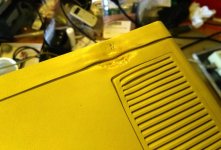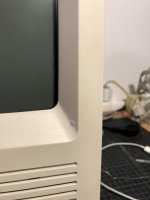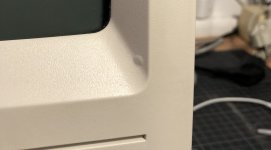MindWalker
Well-known member
Has anyone come across any good methods on minimizing/hiding/filling pry marks like this on the compact Mac cases? The usual story; some previous owner tried to open the case and with a screwdriver tried to pry the case open (possible without noticing the two screws in the handle-recession). And of course tried it on all sides! 
I know mine shown here is a mild example. I used a knife and cut off the plastic sharpnels that were protruding from the case, thus making the damage a bit less noticeable.
Perhaps some sort of plastic filler could be used to further hide the missing bits?
Side:
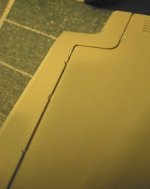
Top:
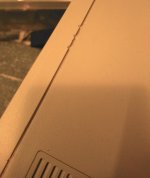
I know mine shown here is a mild example. I used a knife and cut off the plastic sharpnels that were protruding from the case, thus making the damage a bit less noticeable.
Perhaps some sort of plastic filler could be used to further hide the missing bits?
Side:

Top:

Last edited by a moderator:

